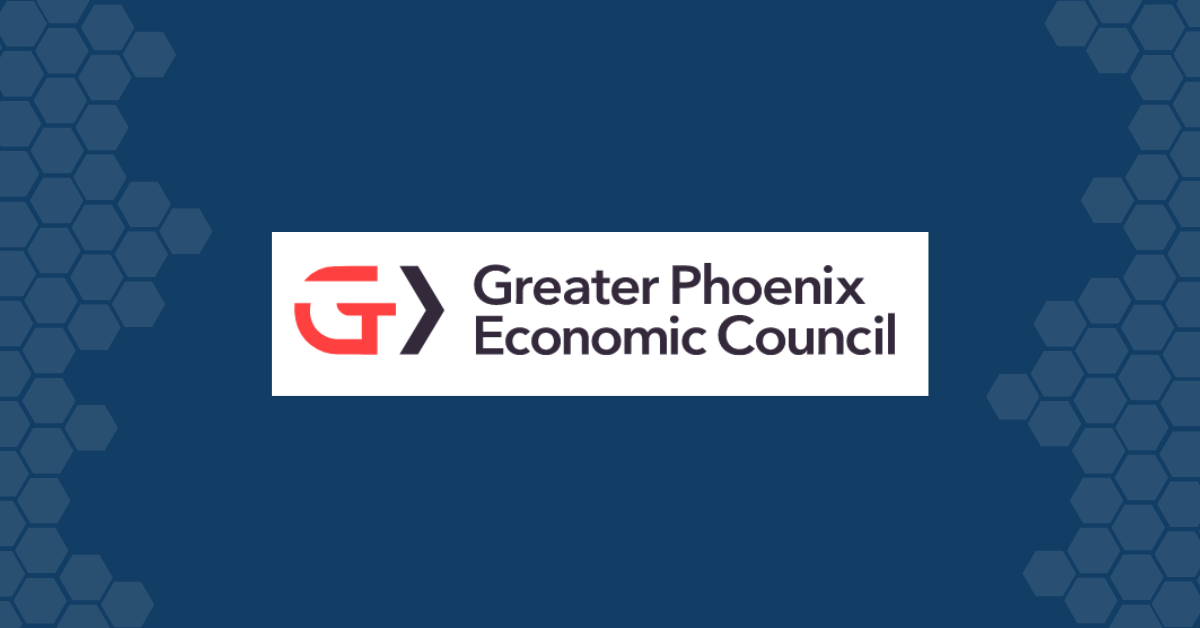Data is at the heart of economic development. It enables practitioners and decision-makers to craft strategies that drive business attraction, workforce development and competitiveness. Our industry relies on data to illustrate opportunities, identify trends and measure impact. However, leveraging data effectively requires not only access to robust information but also the ability to distill insights that lead to actionable outcomes.
Why does data matter?
Data is a powerful tool for informing decisions that shape economic development. When used effectively, it allows economic developers to:
- Tell the story of a market: Accurate data helps articulate strengths, opportunities and challenges, providing valuable insights for businesses, investors and policymakers.
- Identify industry and economic trends: By analyzing employment growth, wage trends and business activity, economic developers can anticipate shifts and adapt strategies accordingly.
- Measure the effectiveness of programs: Understanding the impact of economic development programs, workforce initiatives and infrastructure investments helps refine strategies to maximize economic growth.
Economic developers must navigate vast amounts of information, distilling key takeaways into compelling narratives and evidence-based actions. But with endless sources of data available today, how do we determine which to use?
Questions to ask when evaluating data resources
Not all data is created equal. Thus, it’s vital to assess the quality and usability of information before drawing conclusions. Key considerations include:
Is the data reliable?
- Source credibility: Is the data coming from a reputable organization?
- Completeness: Does it provide a full picture, or are there gaps?
- Biases: Are there underlying perspectives that may skew interpretation?
- Ethical considerations: Was the data collected responsibly and in compliance with privacy standards?
- Margins of error: How much uncertainty exists in the estimates?
How often is the data updated?
- Frequency: Is the data recent enough to reflect current trends? Is it updated on a regular basis to allow for tracking trends over time?
- Replicability: Can the methodology be reproduced for consistency?
- Comparability: How does the dataset align with other sources?
Is the data easy to use?
- Accessibility: Is it formatted in a way that can be easily analyzed?
- Interpretability: Can insights be drawn without excessive manipulation?
Additionally, economic developers will digest multiple levels of data to gain a comprehensive understanding of market dynamics, each of which serves a distinct purpose in our field. For example, federal data provide broad economic trends and state-to-state benchmarking from entities like the U.S. Census Bureau, Bureau of Labor Statistics and Federal Reserve, while state data from agencies such as the Arizona Office of Economic Opportunity and Arizona Department of Revenue offer insights into topics such as workforce, population and taxation. Additionally, local sources including chambers of commerce, councils of government and municipalities can capture community-specific conditions, while proprietary data from industry organizations and research firms give deeper insight into specific sectors or geographies.
Harnessing data at GPEC
Data plays into both day-to-day and strategic planning at Greater Phoenix Economic Council (GPEC). One way we have distilled various data sources into a digestible, public resource is through the Economic Monitor – a dashboard that provides real-time analysis of economic conditions at the national, state and regional levels. We invite you to use this tool to assist in your informed decisions to drive growth and success across our practice.
Written by the Greater Phoenix Economic Council

